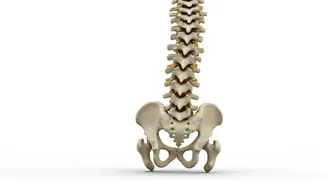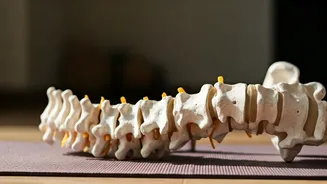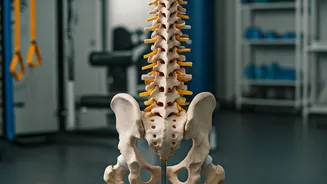Understanding Back Pain
Back pain, a common complaint, can arise from various factors. It can stem from poor posture, muscle strains, or underlying conditions. Prolonged sitting,
improper lifting, and lack of exercise often contribute to the problem. Before starting any exercise regimen, it is essential to understand the nature of your pain and its possible causes. Recognizing the triggers allows you to make targeted adjustments to your lifestyle and exercise habits. Consulting with a healthcare professional can provide a more specific diagnosis and personalized guidance. Consider this initial step before moving forward to incorporate an exercise plan. Remember that the goal is to understand the problem completely before embarking on a treatment regime.
The Cat-Cow Stretch
The Cat-Cow stretch, a fundamental exercise, gently mobilizes the spine. Begin on your hands and knees, ensuring your hands are shoulder-width apart and your knees aligned with your hips. For the 'Cow' pose, drop your belly towards the floor, arching your back, and lifting your head and tailbone toward the ceiling. Inhale deeply, allowing your chest to open. Then, transition to the 'Cat' pose, rounding your spine towards the ceiling, tucking your chin to your chest, and drawing your navel towards your spine. Exhale while doing this. Repeat this flowing movement for 5-10 breaths. This exercise improves spinal flexibility, encourages better posture, and gently massages the abdominal organs. Its soothing effect reduces muscle tension and enhances overall well-being.
Pelvic Tilts Explained
Pelvic tilts are simple yet effective exercises to strengthen the core muscles. Lie on your back with your knees bent and feet flat on the floor. Keep your arms at your sides. For a posterior pelvic tilt, gently press your lower back into the floor, engaging your abdominal muscles. Think about 'tucking' your tailbone slightly. Hold for a few seconds. Then, transition to an anterior pelvic tilt, arching your lower back slightly, allowing a small space to form between your back and the floor. Repeat the cycle, focusing on the control of your core muscles. These exercises are important as they improve core stability, strengthen abdominal muscles, and enhance spinal alignment. This can help in alleviating and preventing back pain. Regular practice of pelvic tilts improves body awareness.
Bird Dog: Strengthening Core
The Bird Dog exercise helps strengthen your core and improve balance. Begin on your hands and knees, keeping your back straight and core engaged. Extend your right arm forward and your left leg backward simultaneously, maintaining a straight line from your hand to your foot. Hold for a few seconds, then return to the starting position and repeat on the other side. This exercise develops core stability, strengthens your back muscles, and improves coordination. It is important to maintain a stable core throughout the movement to maximize its benefits and prevent strain. Remember to keep your back flat and avoid twisting your body during the exercise. Start slowly and gradually increase the repetitions as your strength improves.
Cobra Pose Overview
The Cobra Pose, derived from yoga, gently stretches and strengthens the back muscles. Lie face down on the floor with your hands placed under your shoulders. Keep your elbows close to your body and your forehead on the floor. Inhale and slowly lift your chest off the floor, using your back muscles, while keeping your lower body relaxed. Hold the pose for 15-30 seconds, breathing deeply, and then gently lower yourself back down. The Cobra Pose enhances spinal flexibility, strengthens back muscles, and promotes good posture. It can also help to relieve stress and fatigue. People should avoid pushing themselves too far, especially if they have back issues. Those with certain back injuries or conditions should consult their doctor before performing this exercise.
Important Safety Tips
Safety should be the main priority when exercising. It is advisable to consult with a healthcare professional or physical therapist before beginning any new exercise program, especially if you have existing back problems. Always listen to your body. If you feel any pain, stop the exercise immediately. Maintain proper form throughout each exercise to prevent injury. Start with a few repetitions and gradually increase the number as your strength improves. Warm up before exercising with gentle movements, and cool down afterward. Stay hydrated by drinking plenty of water before, during, and after your workout. If you have any specific health concerns, seek professional guidance.











